Dress Up Games: A Gateway to Creativity and Self-Expression for Children in 2025
Related Articles: Dress Up Games: A Gateway to Creativity and Self-Expression for Children in 2025
Introduction
With great pleasure, we will explore the intriguing topic related to Dress Up Games: A Gateway to Creativity and Self-Expression for Children in 2025. Let’s weave interesting information and offer fresh perspectives to the readers.
Table of Content
Dress Up Games: A Gateway to Creativity and Self-Expression for Children in 2025
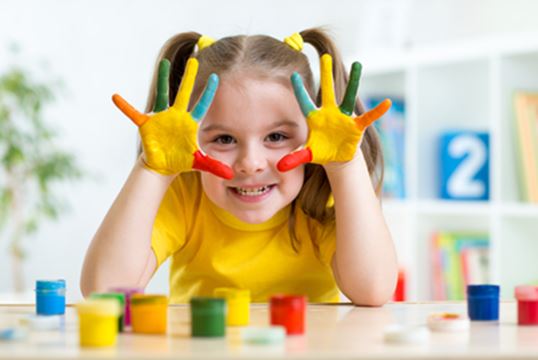
The digital landscape of 2025 is teeming with interactive experiences, and among them, dress-up games continue to hold a prominent place in the entertainment repertoire of children, particularly girls. These games, readily accessible online, provide a platform for imaginative play, fostering creativity, self-expression, and a sense of empowerment.
Evolution of Dress Up Games
Dress-up games have come a long way since their rudimentary beginnings. Initially, these games were limited to static images and a handful of clothing options. However, advancements in technology have ushered in a new era of interactive and immersive experiences. Modern dress-up games feature:
- High-Quality Graphics: Vibrant and detailed visuals create engaging environments and realistic character designs.
- Diverse Character Options: Players can choose from a multitude of characters, ranging from princesses and fairies to astronauts and superheroes, allowing for diverse role-playing experiences.
- Extensive Wardrobe Choices: An expansive selection of clothing, accessories, hairstyles, and makeup empowers players to create unique and personalized looks.
- Interactive Features: Dynamic elements such as animations, sound effects, and interactive backgrounds further enhance the play experience.
- Themed Games: Games are often themed around specific events, holidays, or popular franchises, adding another layer of engagement.
Benefits of Dress Up Games for Children
Dress-up games offer a plethora of benefits for children, contributing to their development in various ways:
- Creativity and Imagination: These games provide a safe space for children to explore their creative potential. They can experiment with different styles, design their own outfits, and create unique characters, fostering imaginative thinking and problem-solving skills.
- Self-Expression: Dress-up games allow children to express themselves freely and explore different aspects of their personality. They can experiment with different styles, colors, and accessories, reflecting their personal preferences and individuality.
- Social and Emotional Development: Through role-playing, children can develop empathy and social skills. They can learn to understand and navigate different social situations, interact with others, and express their emotions creatively.
- Cognitive Skills: Dress-up games can enhance cognitive skills such as decision-making, planning, and problem-solving. Children need to strategize and make choices about their character’s appearance, fostering critical thinking.
- Confidence and Empowerment: Dress-up games provide a platform for children to feel confident and empowered. They can create their own unique characters and express themselves without judgment, fostering a sense of self-worth and agency.
Navigating the World of Dress Up Games: A Guide for Parents
While dress-up games offer numerous advantages, parents should be aware of certain considerations to ensure a positive and enriching experience for their children:
- Age Appropriateness: It is crucial to select games that are age-appropriate for your child. Younger children may need simpler games with fewer options, while older children can handle more complex features.
- Content Monitoring: Be mindful of the content of the games. Some games may contain inappropriate themes, violence, or sexual content. It is essential to review the game’s description and ratings before allowing your child to play.
- Time Management: Like any form of entertainment, it is important to set limits on playtime. Encourage a healthy balance between screen time and other activities.
- Educational Value: Look for games that integrate educational elements such as learning about different cultures, historical periods, or fashion trends.
- Communication and Engagement: Engage with your child about their gaming experiences. Ask them about their favorite characters, outfits, and the stories they create. This can foster a deeper understanding of their interests and encourage healthy communication.
Frequently Asked Questions
Q: Are dress-up games appropriate for boys?
A: Dress-up games are not gender-specific and can be enjoyed by children of all genders. They offer a space for exploring creativity, self-expression, and imagination, regardless of gender identity.
Q: Are dress-up games safe for children?
A: The safety of dress-up games depends on the specific game and the platform it is hosted on. Look for games from reputable developers and ensure they have appropriate age ratings and content filtering mechanisms.
Q: How can I find good dress-up games for my child?
A: Several websites and app stores offer a wide selection of dress-up games. You can search for games by age, theme, or popularity. Look for games with positive reviews and high ratings.
Q: What are some of the most popular dress-up games?
A: Some popular dress-up games include "Dress Up Time," "Fashion Diva," "Princess Dress Up," and "Superhero Dress Up." These games are available on various platforms and offer a variety of characters, clothing options, and interactive features.
Tips for Enjoying Dress Up Games
- Encourage Creativity: Encourage your child to experiment with different styles, colors, and accessories. Let them create their own unique looks and express their individuality.
- Tell Stories: Encourage your child to create stories about their characters. What are their names? What are their personalities? What adventures do they go on?
- Play Together: Join in the fun and play dress-up games with your child. This can be a great way to bond and create shared memories.
- Connect to Real-World Activities: Link the game to real-world activities such as drawing, sewing, or fashion design. This can help your child develop their creative skills and explore their interests in a more tangible way.
- Use the Games as a Learning Tool: Use dress-up games as an opportunity to teach your child about different cultures, historical periods, or fashion trends.
Conclusion
Dress-up games, in their myriad forms, continue to be a vital part of children’s digital entertainment landscape. They provide a platform for fostering creativity, self-expression, and cognitive development. By embracing these games and engaging with them in a positive and supportive manner, parents can help their children unlock their creative potential and embark on a journey of self-discovery. As technology continues to evolve, dress-up games are poised to become even more immersive and engaging, further enriching the lives of children in the years to come.
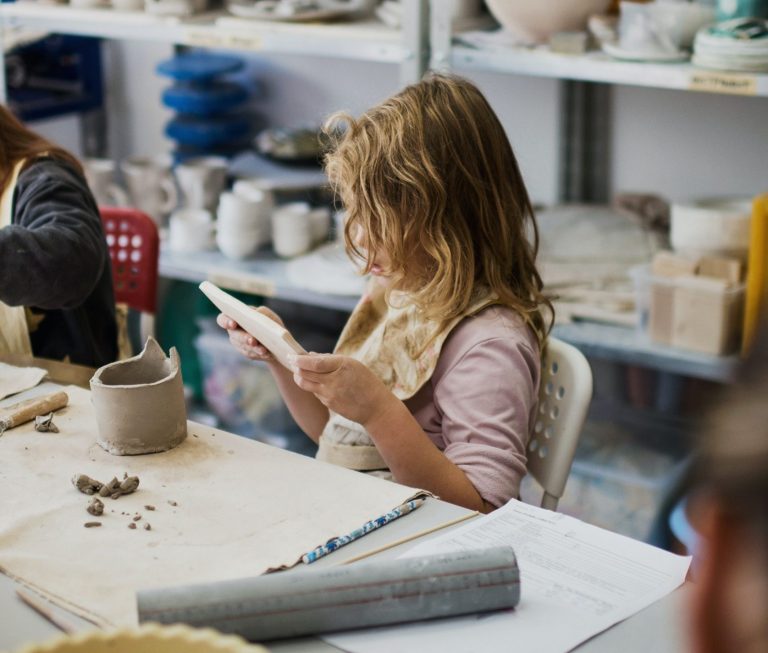

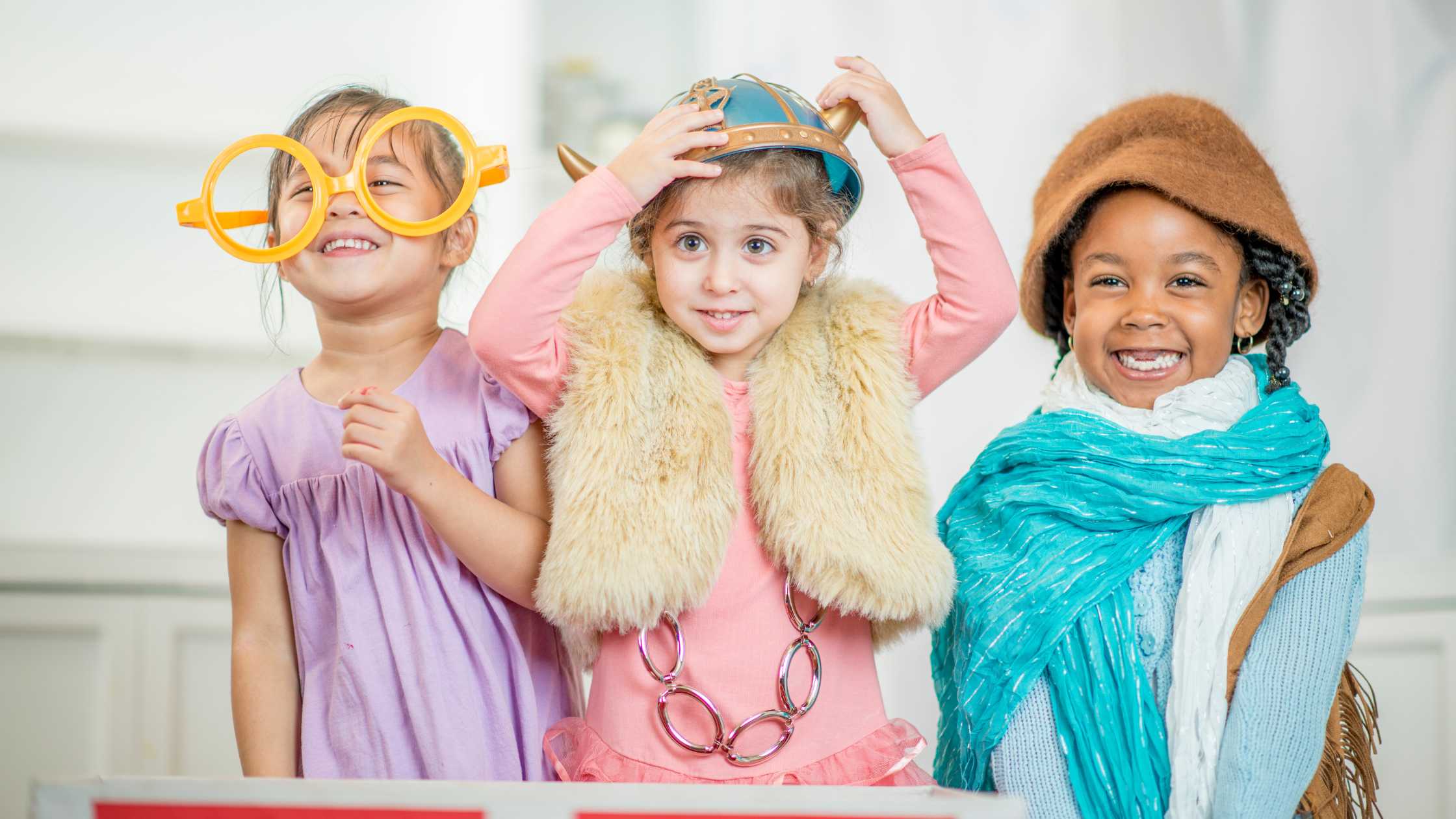

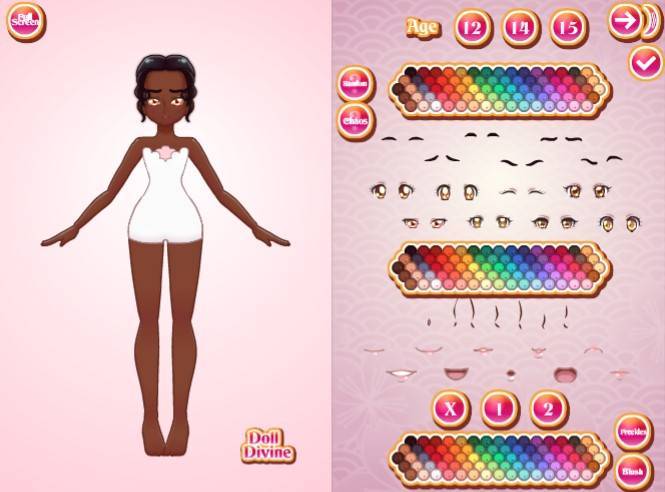

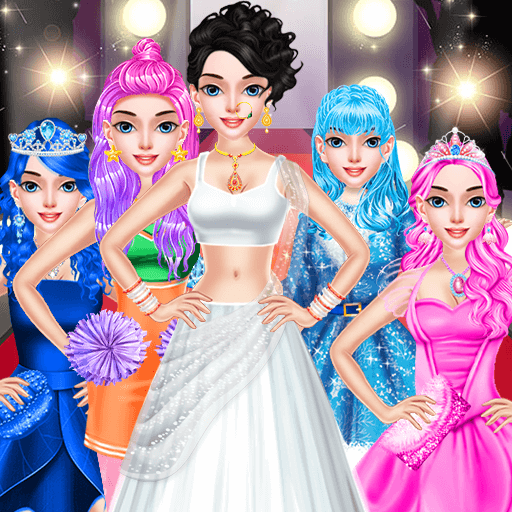

Closure
Thus, we hope this article has provided valuable insights into Dress Up Games: A Gateway to Creativity and Self-Expression for Children in 2025. We thank you for taking the time to read this article. See you in our next article!